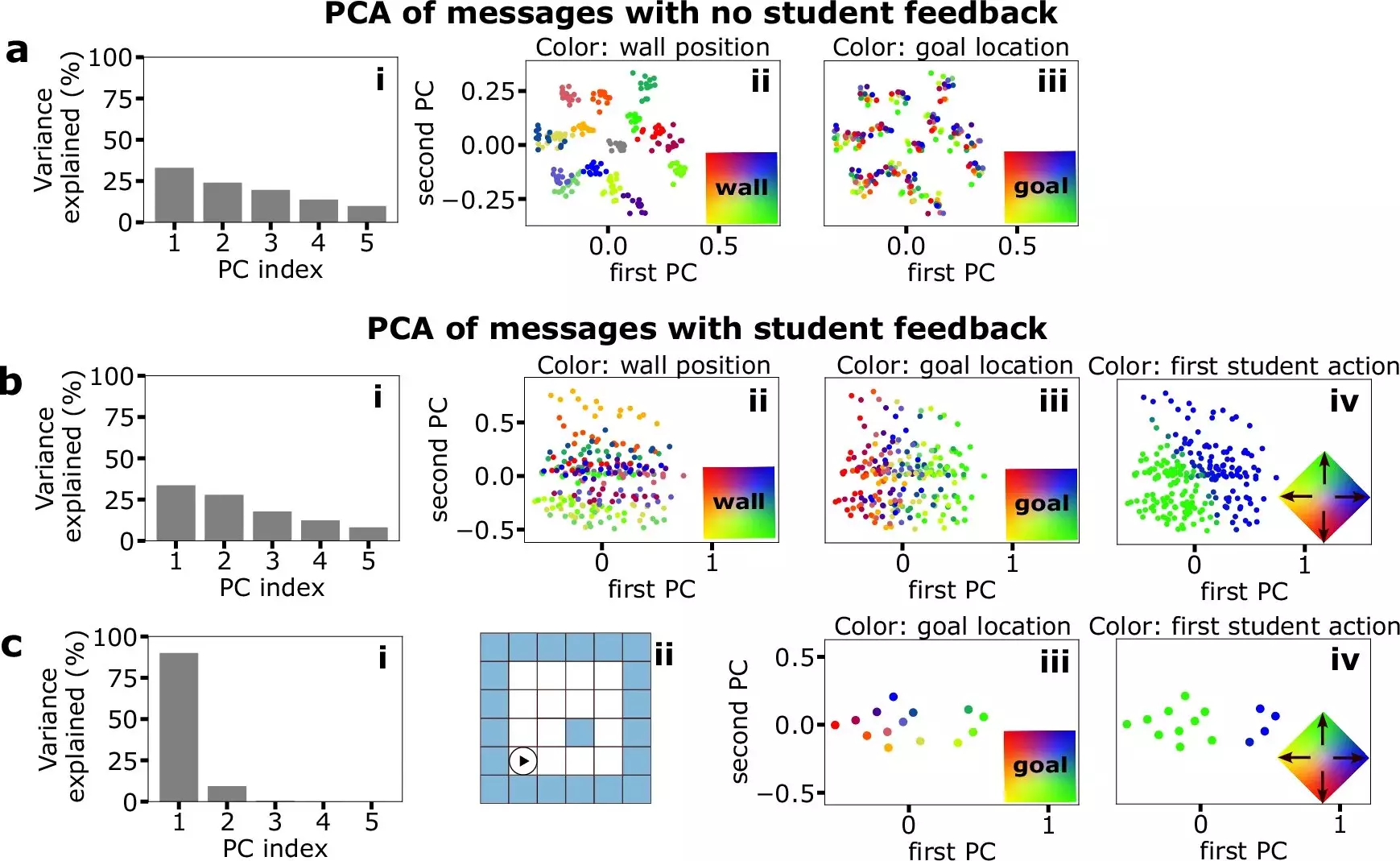Effective communication is an intrinsic part of life across various species and plays a vital role in the transfer of knowledge from one generation to the next. At the core of this ability are two essential components: the sender and the receiver, both of which must effectively interpret and convey information. Researchers at the University of Bonn have shed light on the complexities of this dynamic through an innovative study utilizing artificial networks. Their findings, published in *Nature Communications*, propose that the mechanisms underpinning effective communication significantly impact learning outcomes and task performance.
In the natural world, communication manifests in various forms, including vocalizations, gestures, and chemical signals. These modes are not merely tools for social interaction but are crucial for survival. The ability to convey and comprehend information influences cognitive processes, shaping our understanding through both sensory experiences and the nuances of social interaction. As Professor Tatjana Tchumatchenko notes, social communication is pivotal in enhancing our learning capabilities, which reflects a lifelong principle: “teaching is learning for the second time.”
To explore the dynamics of communication in learning contexts, researchers developed a unique framework employing artificial networks designed to simulate the roles of teachers and students. Within this setup, the “teacher” network mastered a maze and subsequently guided the “student” network along the same path via messages. This arrangement enabled the researchers to analyze how a language-like structure influenced the student’s learning trajectory and overall task efficiency.
The results revealed that both networks organically developed a form of communication that allowed the student to absorb knowledge from the teacher. Interestingly, this fabricated language evolved according to the intricacies of the task and the performance levels of the learner. According to Carlos Wert-Carvajal, a member of the research team, this evolution aligns closely with preliminary observations in animal communication, indicating that our cognitive frameworks are shaped by shared experiences, allowing for a more nuanced understanding of the world.
A fascinating aspect of this study is the notion that efficient language must encapsulate complex ideas into succinct expressions. For example, rather than providing an elaborate description of an apple, we simply use the term itself, a linguistic shortcut that conveys a collective understanding. This approach underscores the necessity of communication systems that optimize informative exchange while minimizing redundancy.
Researchers observed that feedback from the trainee significantly influenced the teacher’s language. When teachers were made aware of the trainee’s performance, they adjusted their communications to relay more pertinent information. This reflects a nuanced understanding of the symbiotic relationship between the sender of information and its receiver—an active and cooperative process that ultimately enhances clarity, precision, and utility in communication.
An intriguing outcome of the Bonn study was the implementation of a feedback loop that allowed learners to communicate with one another. Despite lacking explicit teaching skills, the agents were able to convey crucial information using the language they had developed. This suggests that communication, rather than being the sole province of skilled educators, can arise among peers in a distributed learning context.
The robustness of this emergent language adds an exciting dimension to our understanding of cognitive interactions in both artificial and biological systems. As Dr. Maximilian Eggl highlights, the ability of agents to inform one another without structured teaching reiterates the foundational premise that effective communication can emerge organically from even the most rudimentary interactions.
The findings from this research underscore the profound implications of language-like communication for fostering learning and facilitating knowledge transfer. The synergy of effective exchanges between senders and receivers holds significant potential for optimizing both biological and artificial systems geared toward learning and task execution.
As researchers continue to delve into the realms of communication, this study opens avenues for new inquiries into how knowledge can efficiently be transmitted and adapted across various contexts. Whether in natural ecosystems or through advanced AI systems, understanding the mechanics of communication will provide valuable insights, ultimately enhancing learning processes and task performance across diverse environments. The study illustrates that at its heart, communication is more than mere exchange; it represents a shared cognitive experience pivotal for advancement in both human and machine learning paradigms.


Leave a Reply